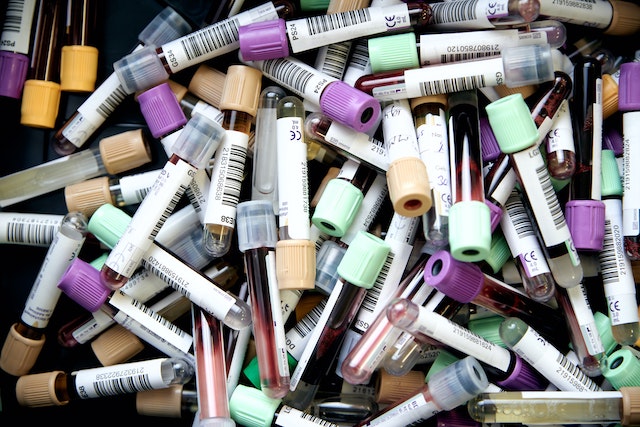Bloody Health Investments: A Complete Guide To Cord Blood Banking
Photo by Testalize.me on Unsplash
When we talk about cord blood banking, the first thing that may come to your mind is the process of blood donation and the storage of the donated blood. But, you’re not entirely wrong! Cord blood banking, oftentimes referred to as stem cell banking, is a process that collects the blood in your baby’s placenta and umbilical cord after the cord has been cut. Then, the blood that has been collected will be frozen and kept for future purposes.
As shocking as it may sound, in actuality, your baby is no longer in need of this blood after they are born. It does, however, contain stem cells that could aid them or other babies when they are sick. Furthermore, if you’re still curious about this procedure, read below and discover its history, how it’s done, the best cord blood banks for you, and the benefits that come with it:
History of Cord Blood Banking
Cord blood banking is a painless process that could ultimately help lives. It may seem like this medical process has been here only recently, but it has been ongoing since 1989 when Dr. Hal Broxmeyer released a study that theorized how cord blood has the same attributes as bone marrow.
Several tests were then conducted to find Dr. Broxmeyer’s statement to be true. This procedure grew as Pablo Rubinstein took an interest in Dr. Broxmeyer’s work, and soon after, Rubinstein established the first cord blood bank in the United States in 1992. Indeed, cord blood banking has come a long way, but it will surely continue with its health-promoting legacy.
Collection of Cord Blood
Collecting the blood is not as grueling as it seems – as the process can only take up to ten minutes. Immediately after birth, your baby’s umbilical cord is cut and clamped. The doctor will then draw blood from the vein in the umbilical cord using a needle, and the blood will be sent to processing and storage. It’s quite a simple and easy step where you can reap all the health benefits for your baby, and all you have to do is say yes!
Storage of Cord Blood
For storage, you could go for two ways: you could donate the cord blood to a public bank or opt to pay for a private bank. In a public blood bank, anyone who is in dire need of a transplant could use it. Additionally, the blood could also be used for research.
Since the cord blood contains hematopoietic stem cells, special cells that form blood, it can be used to fight and treat multiple diseases. Thus, by donating your baby’s cord blood to a public bank, you could have the chance to save someone else’s life.
If you opt for a private bank, you store the blood for future purposes. You could think of this as a health investment that could save your baby or a family member from potential risks and diseases. Here, your family owns the blood and decides how it is used.
When it comes to cord blood storage for your baby, family member, or a stranger in need, you’ll want the best of the best. Thus, you need not worry as Americord ensures that it is appropriately stored and thoroughly. Having treated more than 80 serious medical conditions, Americord has got you covered in your health investments such as cord blood banking.
Benefits of Cord Blood Banking
Cord Blood Can Treat Multiple Diseases
The special cells found in the cord blood can help battle multiple diseases. One of the diseases being cancer in the blood, such as leukemia. It could also help aid in conditions for the immune system like sickle cell disease. In addition, it also aids in cancer patients, wherein they help in the regrowth of blood cells after chemotherapy.
There Is Lesser Chance Of The Body’s Rejection
One thing unique about cord blood is that it doesn’t have to match the person receiving the transplant, unlike that of a bone marrow. Because of this, you could quickly receive stem cells from the cord blood, and there would be less chance of your body rejecting the cells.
Collection of the Cord Blood Presents No Risk
Because the blood collection occurs when the umbilical cord has been clamped and cut, it poses no risk to your newborn baby or the mother. Furthermore, it is less complicated and risky than collecting one’s bone marrow. Sterile cleaning procedures are also ensured in such procedures to limit or even eliminate the presence of bacteria that would otherwise cause infection to the mother and child.
Takeaway
Planning for your child’s room, installing baby-proof materials around the house, and checking out the perfect stroller are all beneficial to your baby. But, one sure-fire way is to invest in cord blood banking. With this, you ensure that your baby’s health is secure in the days to come. Thus, you should partake in such procedures now.

